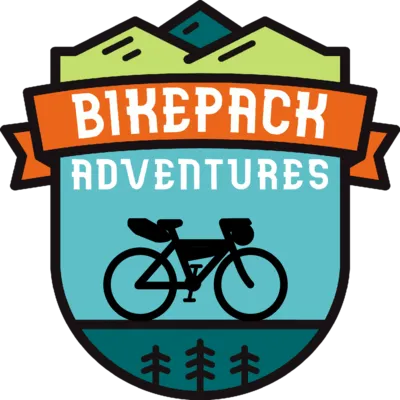 Bikepack Adventures
Bikepack AdventuresThe Alberta Rockies 500 is the slightly less painful version of the AR700. With a couple hundred less kilometres and a couple thousand metres less in elevation gain, it is the perfect route for someone looking for an adventure that is a bit milder….just not by much.
As of 2024, there is no longer an annual Grand Depart for this route. Anyone planning to ride the route should reach out to people within the Alberta bikepacking community to see if there is any important information regarding the route.

Jonathan Hayward

Resupply: Resupply on this route is extremely important. The first reliable resupply is at km 283. There are also two sections of the 700km route that are over 150km between reliable resupply locations.
Prepare accordingly: When going off the grid, ensure that you tell your loved ones where you are going and how long you plan to be gone. It may also be prudent to have some form of satellite communication device.
Single-track:
Wildlife: Most sections of this route are very remote. Be aware of your surroundings and be prepared to see wildlife including bears.
The Alberta Rockies 500 is not by any means an easy bikepacking adventure. Every day will challenge you with a plethora of differing surfaces and climbs. Riding on a gravel bike is not recommended unless you have a bike that can accommodate 2″ or larger tires.
The AR500 is no longer run as an annual grand depart. It's important to be aware that trail conditions may not be as up to date as they were in previous years.
Campgrounds: The map shows all the main camping locations along the route including details of if they are first come first served vs reservable.
Wild camping: There are plenty of great wild camping locations along the route as well. Be cautious of not wild camping in Provincial and National Park sections. Be aware that wild camping near official campgrounds is also not allowed in certain areas.
Fresh water: There are plenty of river and creek crossings along the route to keep you hydrated. Although many of these water sources appear to be clean and clear it is always advisable to filter or treat your water.
Food: The options for restaurants along the route are fairly limited and only the main resupply locations in Coleman/Blairmore, Fernie and Sparwood will have reliable restaurant options.
